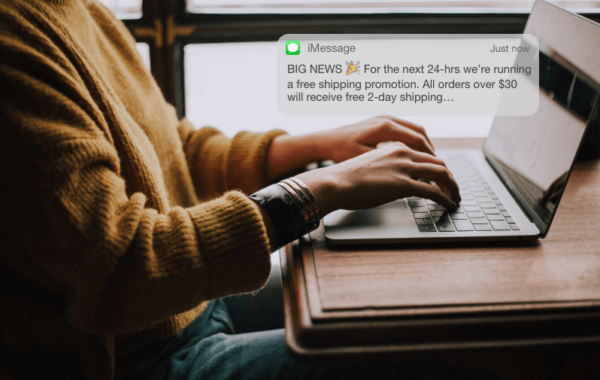
How Free Shipping Incentives Can Influence Purchase Decisions
The most effective free shipping messaging involves a hint of marketing psychology to set the tone for shopping behavior.
It’s no secret that consumers are growing more impatient every year.
They want products arriving at their front door within two business days (or less), and they don’t want to have to pay for shipping costs.
Research has repeatedly shown that free shipping is one of the top purchase drivers for millennial-aged consumers, closely followed by free returns and same-day shipping.
If your online business isn’t already offering free-shipping to its customers, you’re missing out on a significant opportunity to reduce cart abandonment and improve conversion rates on your ecommerce site.
In this Insight we’re focusing on how free shipping can impact your customers’ purchase decisions, and how you can get the most value out of offering free shipping to your audience.
Why Offer Free Shipping?
As a customer, it’s fairly obvious that the benefit to free shipping is it saves you money – at least it makes you believe you’re saving money – on your order. However, as a business owner you might find it difficult to understand the upfront benefits of offering free shipping.
For retailers, it’s important to consider both the short-term and long-term benefits. In the short-term, offering free shipping will likely lead to an increase in orders and a higher average order value (AOV), especially if you set a minimum order threshold that your customers need to reach before they “unlock” free shipping.
60 percent of ecommerce businesses report that “free shipping with conditions” is their most successful marketing tool. If adding one more items to the shopping cart results in getting free two-day shipping, most consumers will do it.
In the long-term, offering free shipping will benefit your business by increasing customer lifetime value, and helping you build a group of loyal repeat purchasers. Additionally, it can be a great way to maintain your competitive edge in the marketplace, especially if you’re operating in an industry that sells commonly available products, or even commodity products that compete heavily on price.
Here’s the thing: before you start running a free shipping promotion on your site right away, it’s crucial that you understand how to offer it in a way that delivers the most value to both you and your customers.
How to Offer Free Shipping the Right Way
Based on our observations, the most effective free-shipping messaging incorporates a hint of marketing psychology to set the tone for shopping behavior. We’ve identified five key behavioral principles that you can utilize to directly influence purchasing decisions on your site.
1. Reciprocity
Reciprocity is the social norm of responding to a positive action with another positive action. If someone does something for you, then naturally you will feel persuaded to do something for them in return. Using the influence of reciprocity to persuade customers to complete a purchase on your site is a particularly effective method for positioning your free shipping offer.
Brand Example: In this example, Clevr Blends utilizes reciprocity to encourage customers to complete a purchase by promising to share 10 percent of their proceeds to aid in COVID-19 relief (see screenshot below).
This messaging is impactful because it plants a deep seed of brand resonance in the customer’s mind. Users are taking away a memorable impression. This is a unique purchase that extends beyond the value of the product, but towards a substantial impact in the world. They recommend 2+ bags of coffee to enable free shipping – implementing this minimum order threshold helps to raise their AOV, while also cushioning the revenue impact.
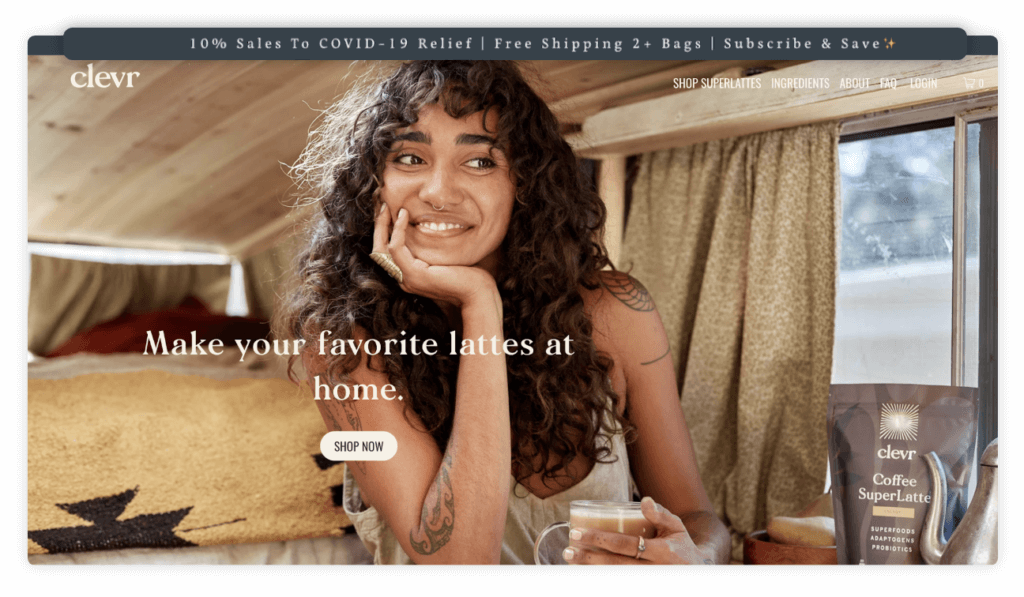
2. Ingroup Bias
Ingroup bias is the tendency to favor a particular group above others. Businesses will often utilize ingroup bias to connect with their target audience on an issue or topic that pertains to their particular needs.
Brand Example: In this example, Trade Coffee uses ingroup bias as a purchase motivator by specifically giving back to the independent roasters that sell coffee on their site. The messaging is niche, but attracts all coffee enthusiasts to support their “ingroup” community.
Trade is taking advantage of the fact that their audience values independent coffee roasters and using specific related messaging to motivate transactions (with every transaction, Trade donates $2 to local roasters nationwide).
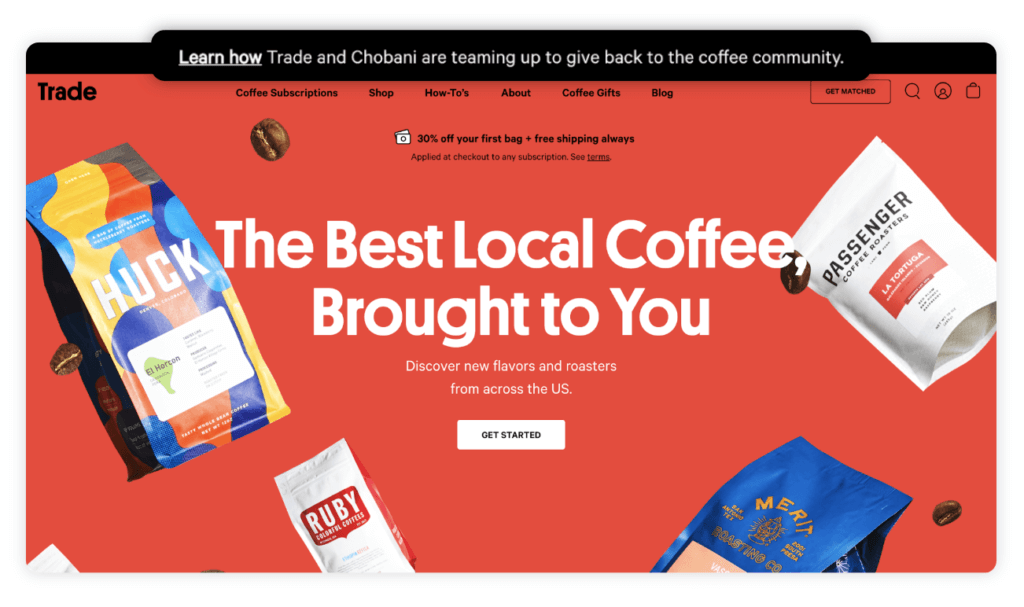
3. Framing Effect
The framing effect is a cognitive bias where people make decisions based on whether their options are presented with positive or negative outcomes. The framing effect is a simple but effective way to encourage consumers to take action on your ecommerce site.
Enjoying this article?
Subscribe to our newsletter, Good Question, to get insights like this sent straight to your inbox every week.
Brand Example 1: In this example, Revive Superfoods structures their messaging to play up the notion of convenience to heighten the likelihood of purchases. The benefit is positioned first, “Skip groceries!”. That benefit is towards the safety and security of the user, a compelling and thoughtful gain in today’s social climate. Additionally, they offer a 60 percent discount on first-time orders, as well as free shipping to further increase purchase motivation.
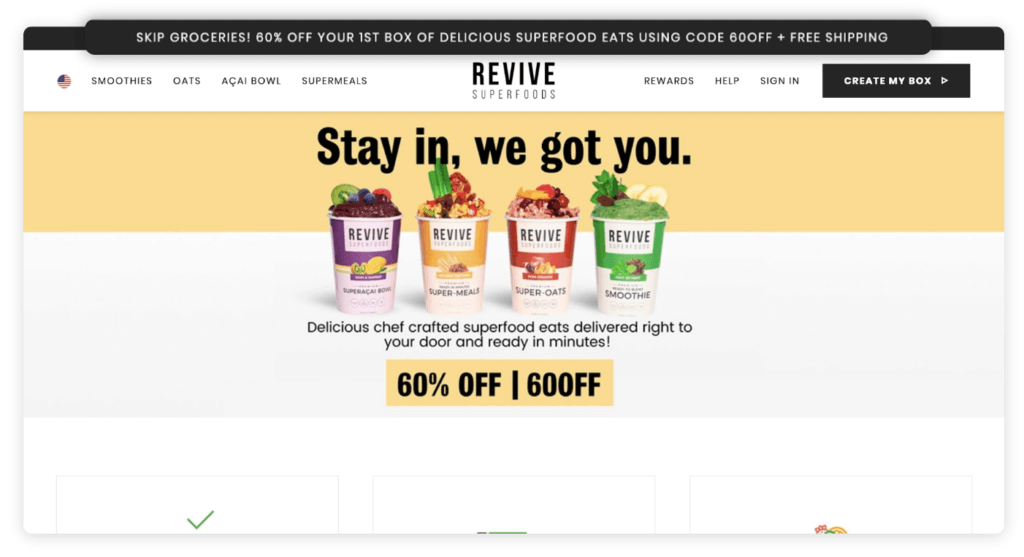
Brand Example 2: Goldmine uses simple messaging to convey encouragement and increase purchasing motivation. The simple messaging has an underlying tone of encouragement that resonates with their audience. This exemplifies customer value so users feel more inclined to complete a purchase. Additional messaging on the homepage reinforces this notion of encouragement.
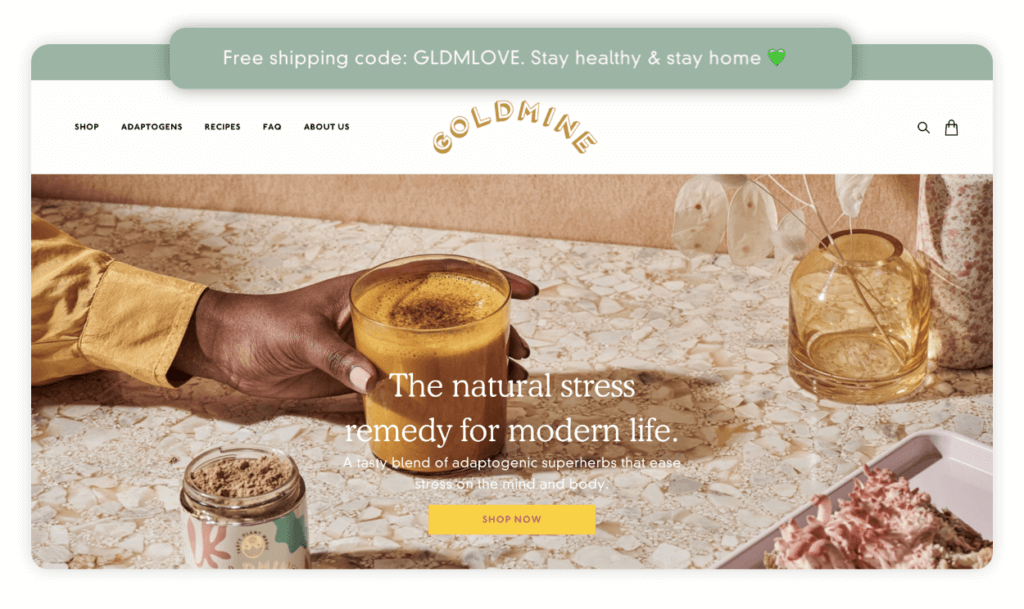
4. Exclusivity Effect
The exclusivity effect relates to the idea that individuals want what they cannot obtain; if not everyone can have it, then naturally we want it. Businesses will often use the exclusivity effect to increase purchase motivation and attribute added value to their products/services.
Brand Example: In this example, Death Wish Coffee demonstrates a spin on the exclusivity effect to motivate users that have an account to purchase. The benefit is easy to retrieve, all you need to do is sign-up for an account through their site and you’ll “unlock” free shipping.
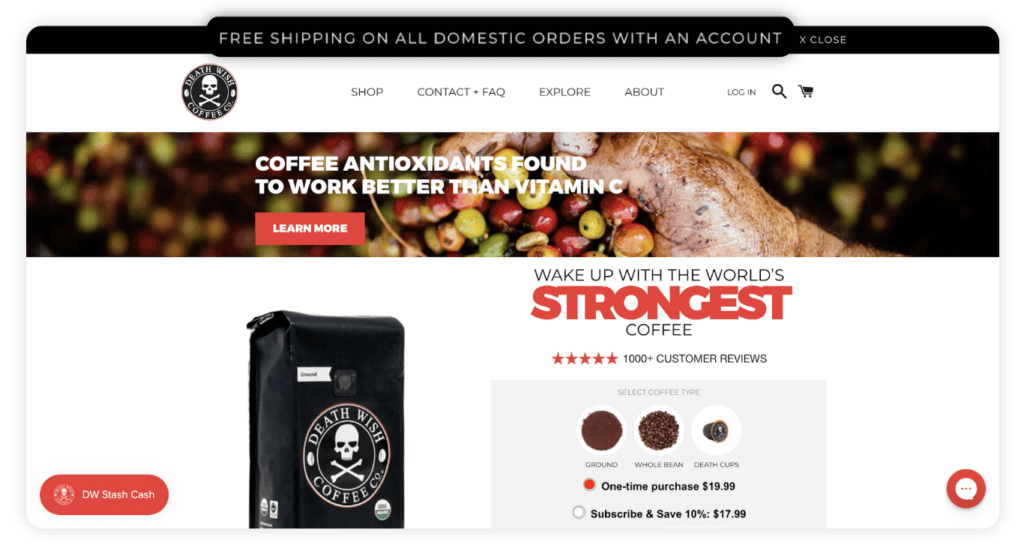
5. Noble Edge Effect
The noble edge effect is when a business demonstrates social responsibility to incentivize purchases; typically seen as being genuine and transparent. The theory behind this principle is that consumers will place a higher value on your products if you demonstrate an obligation to ethical business practices.
Customers with particularly strong moral aspirations and those with little product knowledge or expertise are shown to be particularly affected by this.
Brand Example: In this example, YourSuper–an organic superfood company–shows how they value supporting their community by donating 100,000 units of product to health care workers to keep them healthy. Additional savings were also implemented as a part of this campaign to encourage customers to complete a purchase.
Consumers feel good about supporting companies that are committed to a positive ethical agenda, and this is an excellent way of building goodwill with your audience, especially if you have the financial means to do so without negatively impacting your business.
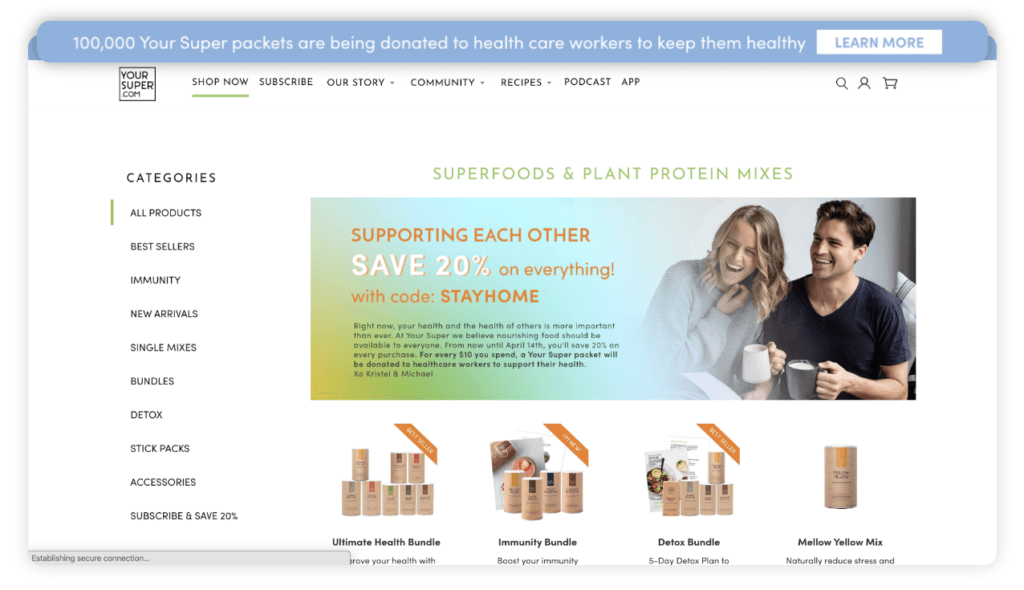
It’s Time to Amplify Your Free Shipping Incentives
Using these five principles of marketing psychology, you should be able to craft a free shipping message that connects with your audience and motivates them to complete a purchase on your site. If you’re going to invest the resources and time into running a free shipping promotion, make sure you do it in a way that benefits both the customer and your business.
Now is the best time to start testing different free shipping incentives on your site to determine what approach works the best. The five principles we covered in this article aren’t the only ones to consider or test. Do your research and start looking at how competitors in your marketplace are offering free shipping through their websites.
In the world of ecommerce where your target customers likely have an abundance of options to choose from, the perfectly crafted offer will be what sets you apart from the rest.
Enjoying this article?
Subscribe to our newsletter, Good Question, to get insights like this sent straight to your inbox every week.

About the Author
Riche Jean-Bart
Riche Jean-Bart is a former Strategist at The Good. With a Masters in applied psychological research and a knack for heatmap analysis, Riche brings key insights to testing and optimization processes.